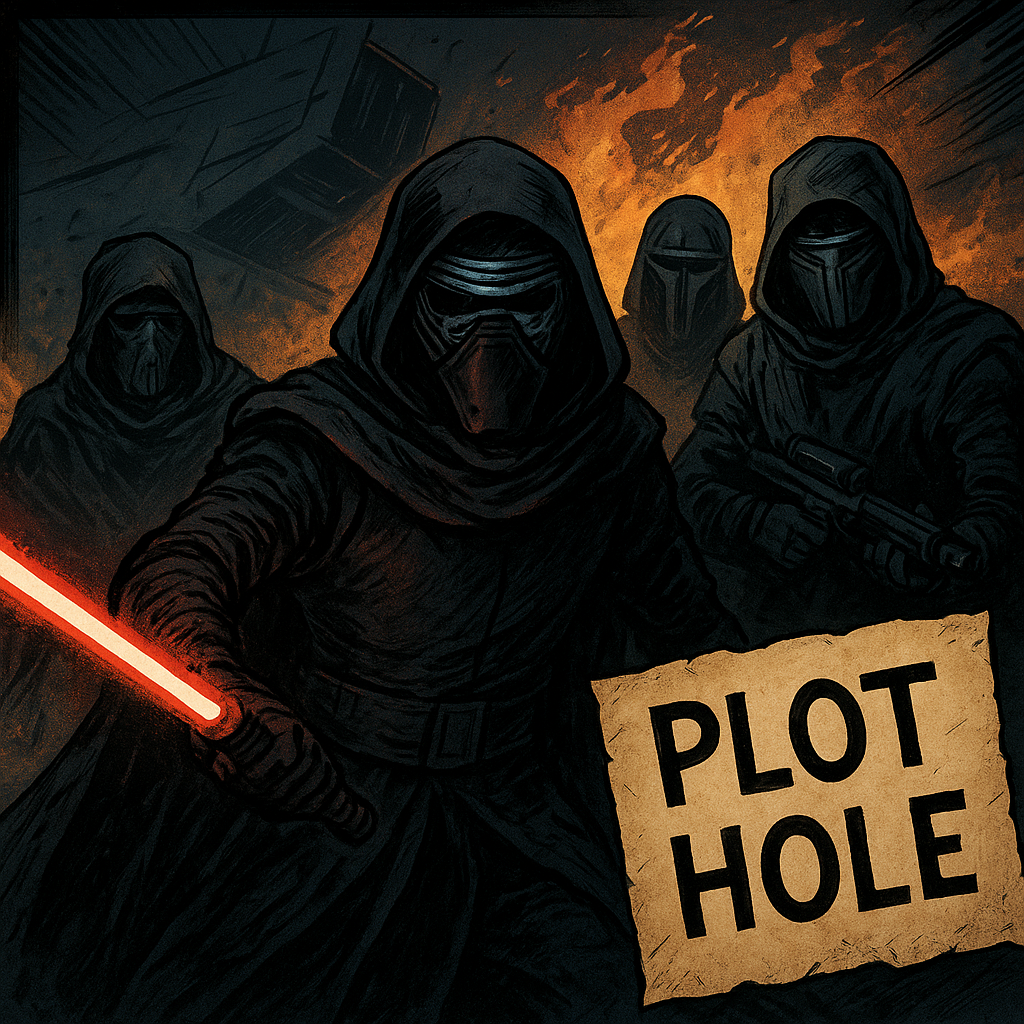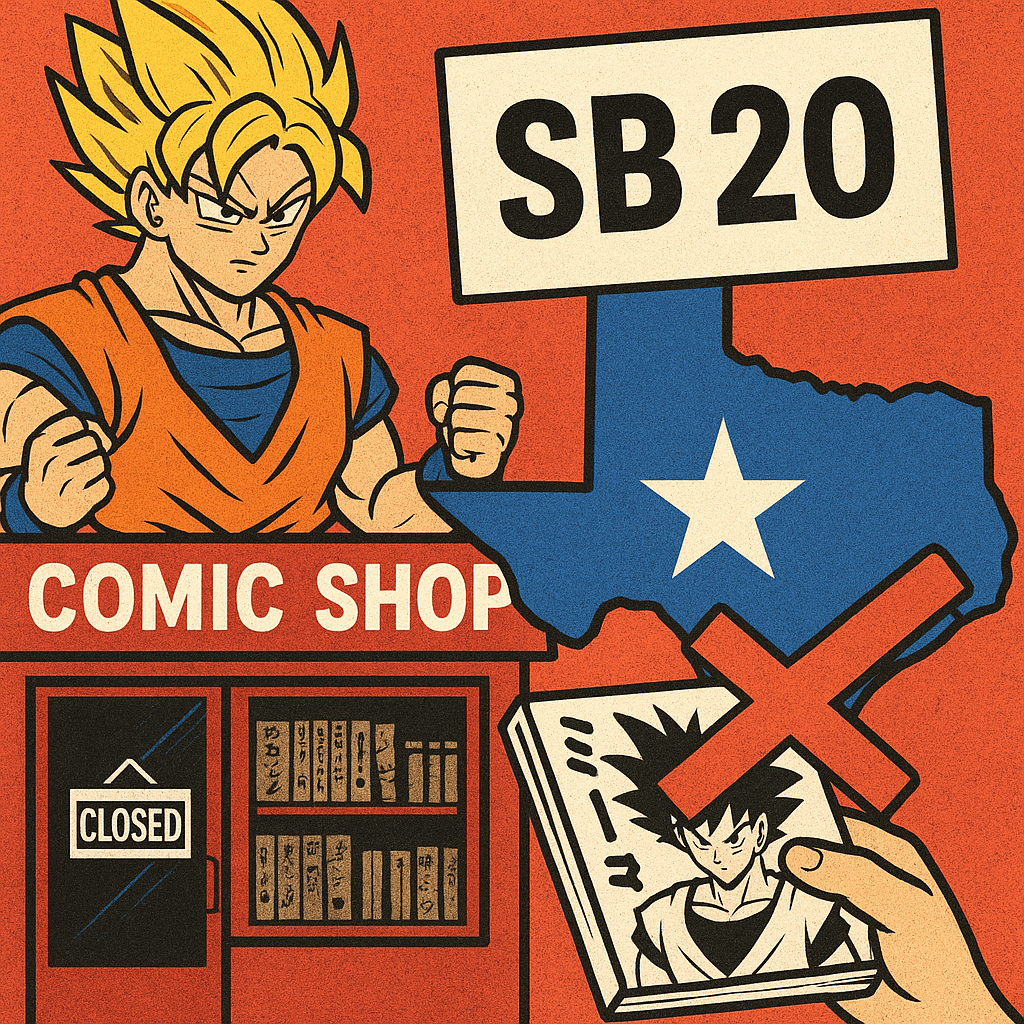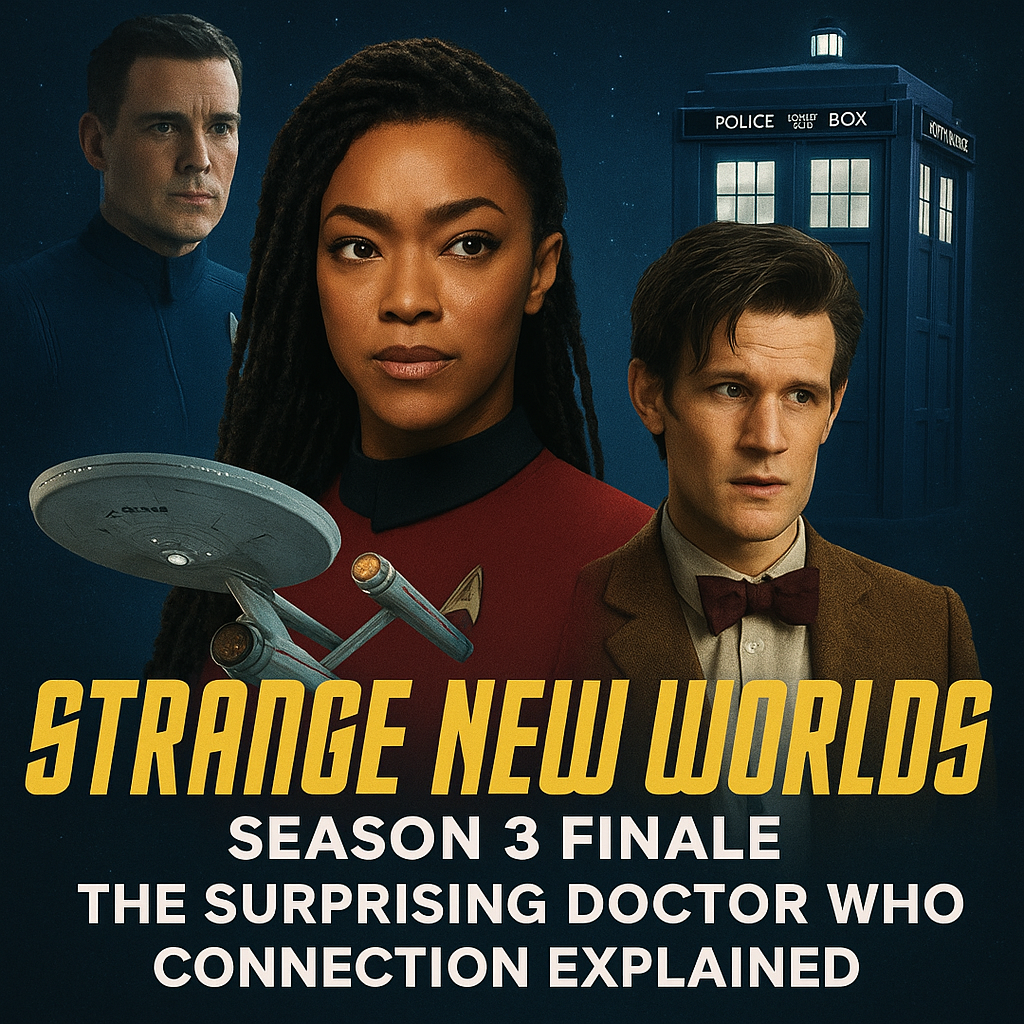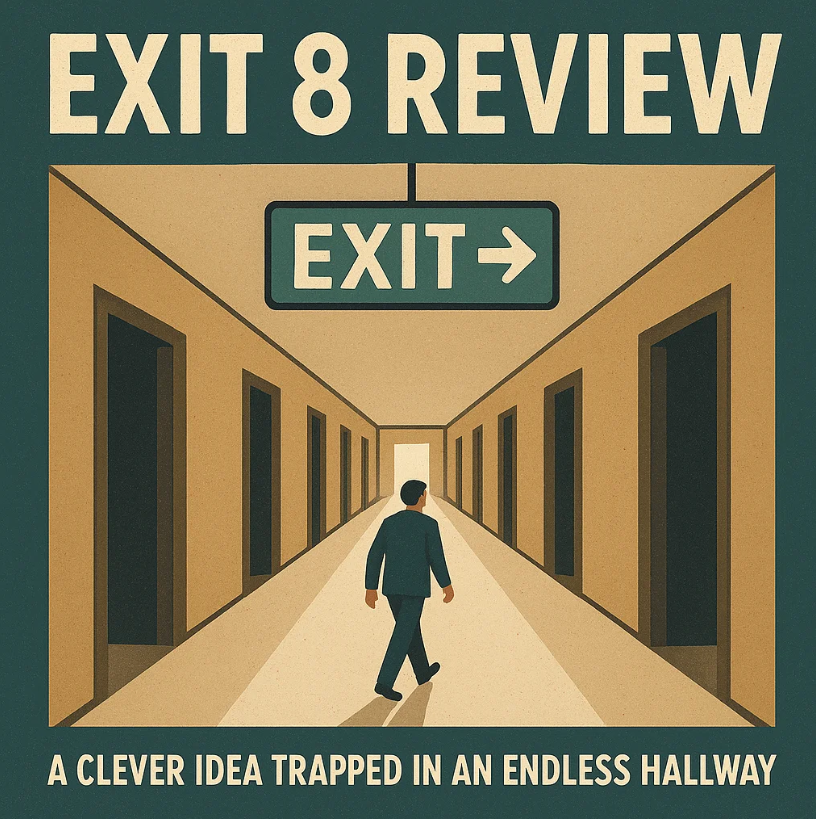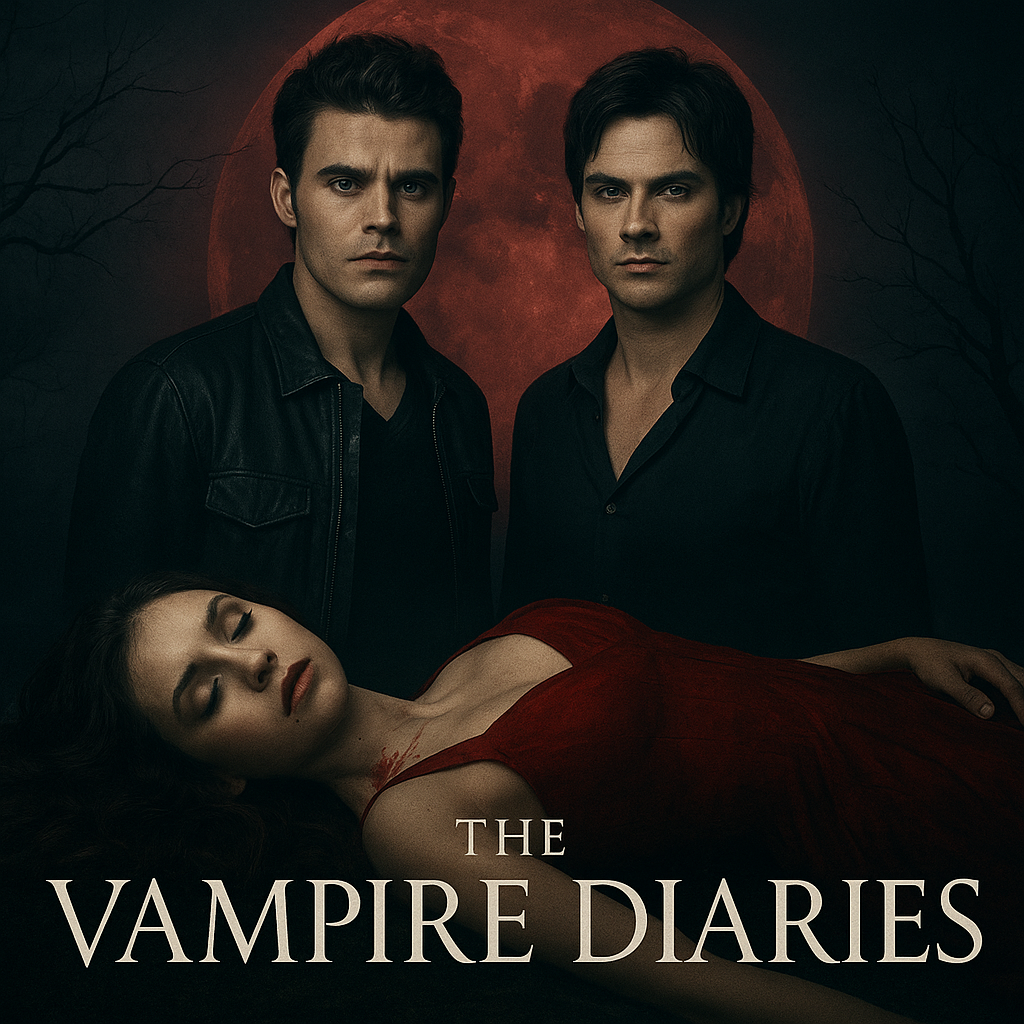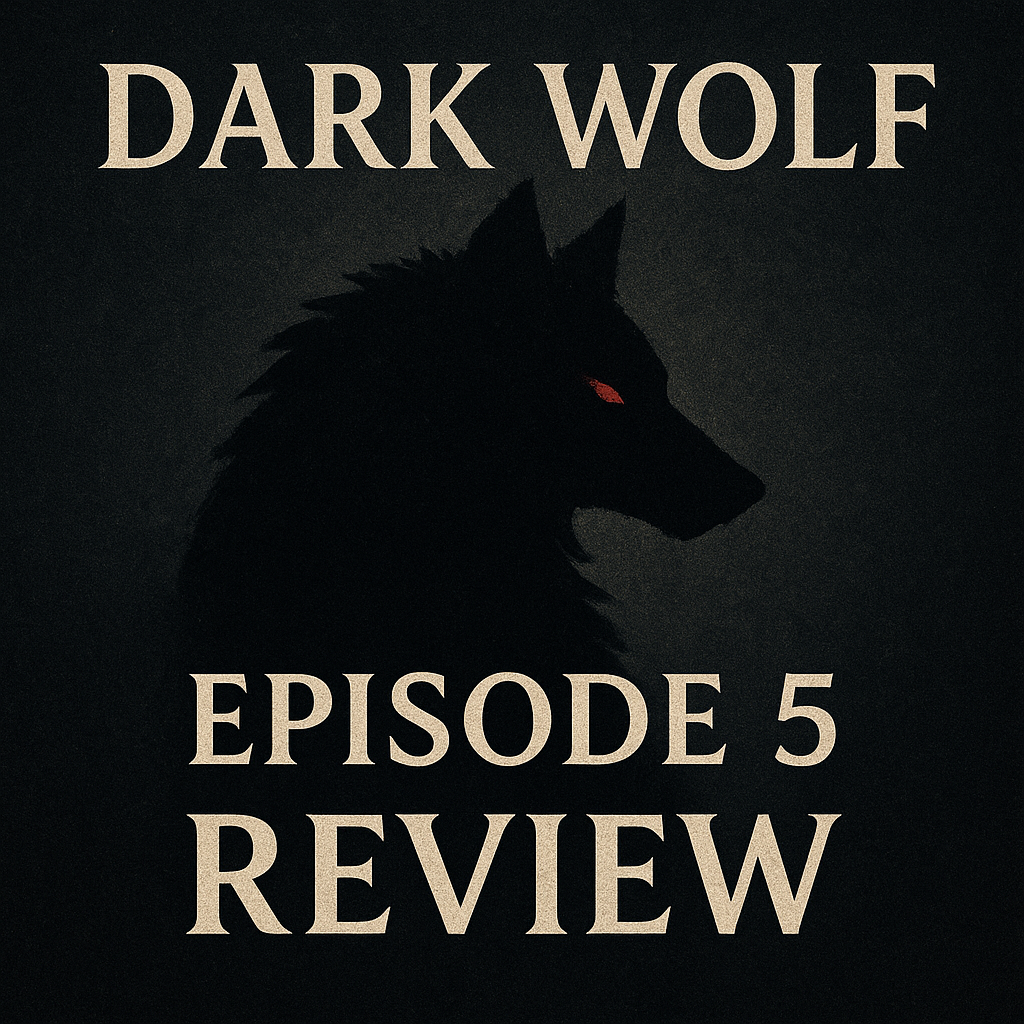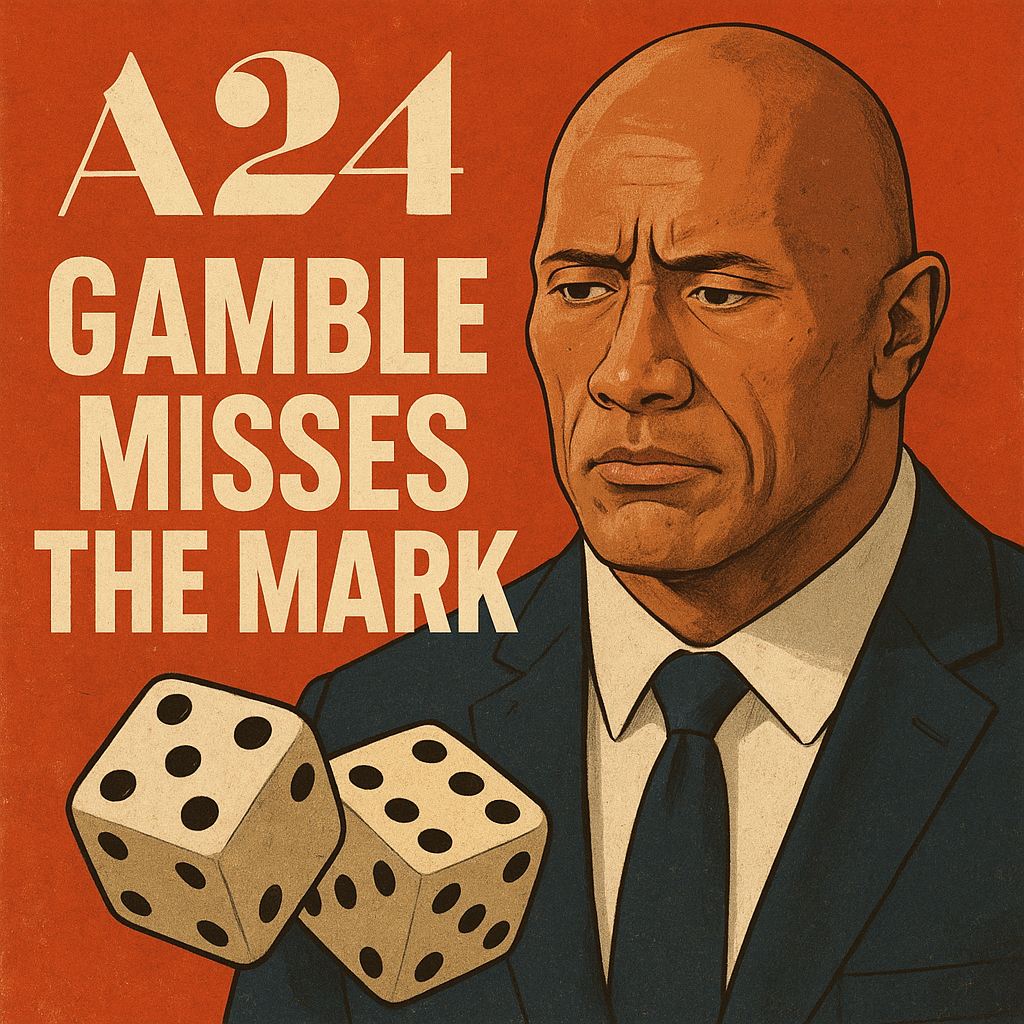Legacy of Vader 8 And The Palpatine Problem: How The Knights of Ren Create A New Rise of Skywalker Plot Hole
Introduction Six years after The Rise of Skywalker, Star Wars storytelling is still filling gaps between the sequel films. That is usually good for the galaxy: more context, richer character arcs, and the thrill of seeing threads tied together. Marvel’s Legacy of Vader 8 attempts exactly that by explaining what the Knights of Ren were …

